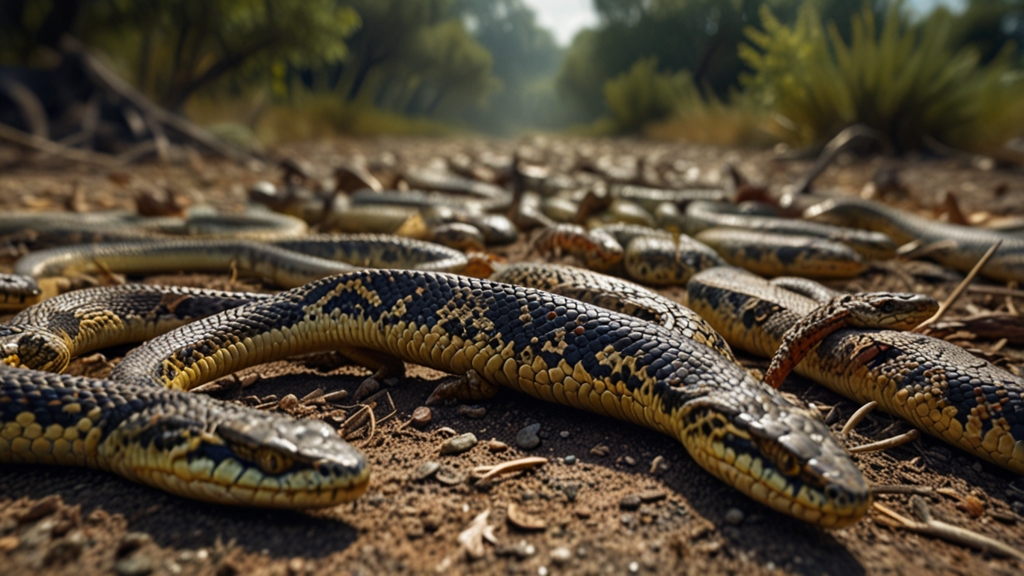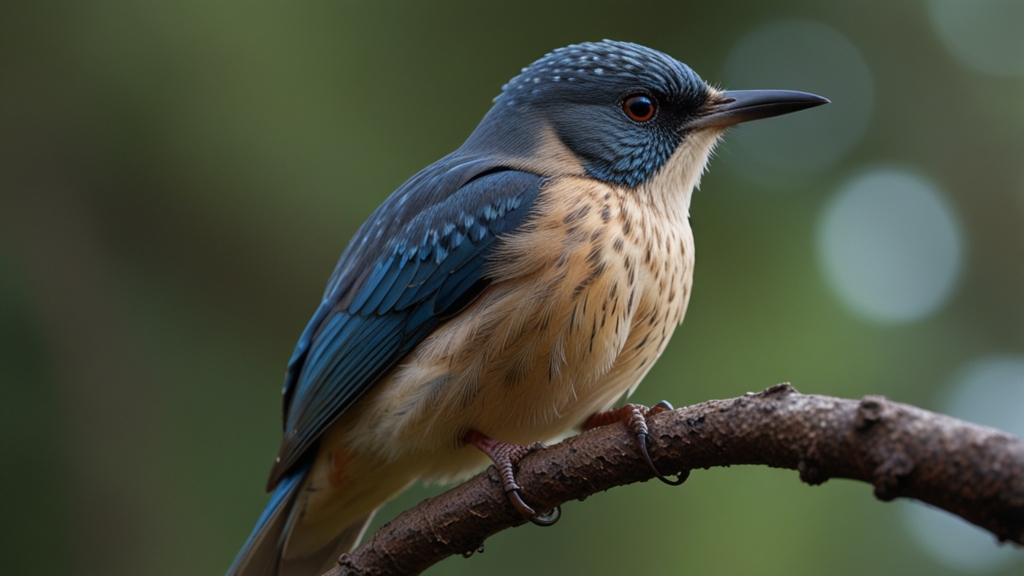Reptiles on the Move: The Great Migration of Snakes and Lizards
Migration is a phenomenon most commonly associated with birds, wildebeests, and monarch butterflies. However, one of the less frequently discussed marvels of the natural world is the migration of reptiles, specifically snakes and lizards. While reptiles are generally seen as creatures that prefer solitary, sedentary lifestyles, many species undertake impressive journeys, driven by changes in temperature, food availability, breeding needs, and environmental pressures.
The Underlying Motives for Migration
Unlike their often more celebrated avian and mammalian counterparts, reptile migrations tend to fly under the radar. However, the reasons behind these migrations are crucial for their survival.
"The impulse to migrate is ancient and deeply embedded within these creatures. It’s a testament to their resilience and adaptability in the face of environmental change."
Temperature is a primary factor exposing the migratory behaviors of reptiles. Since they are ectothermic, or cold-blooded, their body temperature is regulated by the environment. When the weather becomes too chilly, reptiles often migrate to warmer areas to maintain the necessary body temperature to function.
Food scarcity is another driver. Reptiles often have specialized diets, and when their food sources become depleted in one region, they are compelled to travel great distances to find new foraging grounds. Breeding is yet another significant motivator. Some species migrate to specific locations known to be ideal breeding grounds, optimizing the chances for offspring survival.
Notable Reptile Migrations
One compelling example of reptile migration involves the Red-sided Garter Snake in Manitoba, Canada. Each year, tens of thousands of these snakes journey from their winter dens to their summer feeding and breeding grounds in the marshes. This migration is a spectacle, attracting both scientists and tourists alike.
Similarly, Green Sea Turtles undertake significant migrations across oceans to reach nesting beaches. These journeys can span thousands of miles and are guided by a strong instinctual drive. Upon arrival, the females lay their eggs in the same beaches where they themselves hatched, showcasing a remarkable navigation ability.
The Role of Human Activity
Human actions have increasingly affected reptile migrations. Habitat destruction, climate change, and pollution are some of the factors disrupting traditional migratory routes. Roads and urban development often create hazardous obstacles for migrating reptiles.
"As humans continue to alter natural landscapes, it is essential to recognize and mitigate the impact of our activities on the delicate migratory patterns of reptiles."
Conservation efforts are crucial to ensuring the protection of these migrations. Establishing wildlife corridors, preserving critical habitats, and raising public awareness can help mitigate the adverse effects of human encroachment. Projects aimed at understanding and tracking reptile migration patterns are invaluable in these conservation efforts.
Looking Ahead
The study of reptile migration is still in its nascent stages compared to the well-documented migrations of birds and mammals. However, the advent of new technologies, such as GPS tracking and genetic analysis, are shedding light on these intricate movements.
A deeper understanding of why and how reptiles migrate not only enriches our knowledge of the natural world but also underscores the importance of preserving biodiversity. As we continue to explore the wonders of reptile migrations, we are reminded of the interconnectedness of all species and the shared responsibility to protect our planet's wildlife.
In conclusion, the migration of snakes and lizards serves as a powerful symbol of resilience and adaptability. By fostering greater awareness and implementing effective conservation strategies, we can ensure that these fascinating manifestations of life persist for generations to come.











